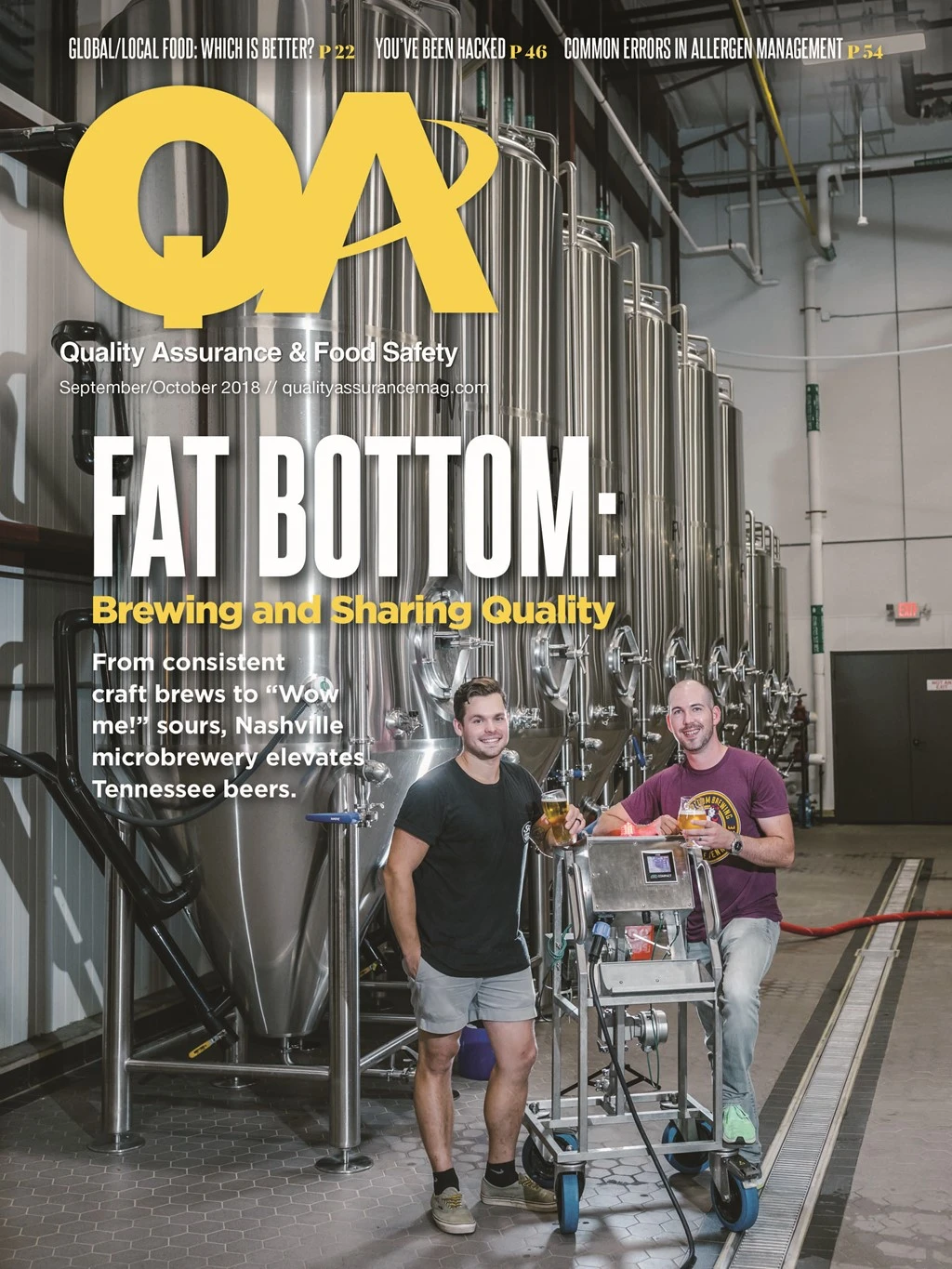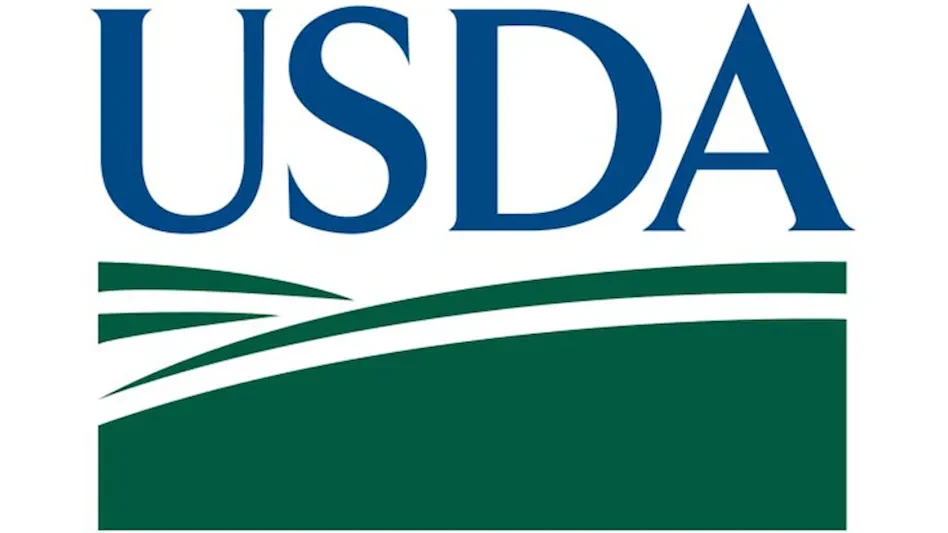

Will FSMA make a difference? It’s easy to argue that yes, as we implement better food safety systems, public health will be protected. But can we measure the impact? That’s a different question. Given that most foodborne illness isn’t being captured at all, it will be hard to quantify an impact — but that doesn’t mean there isn’t one. The unfortunate truth is that most cases of foodborne disease in the U.S. are due to people not washing their hands, knives, cutting boards, etc. (primarily in the home or at foodservice). FSMA will have no impact on that.
But the bigger outbreaks that get media attention and chip away at consumer confidence are generally due to issues earlier in the supply chain. This is where FSMA, through the various rules, will have an impact. While this improvement may be low in terms of percent of illness reduction, every illness matters to the person getting sick, and certainly, for the survival of the industry, especially in fresh produce, we just can’t afford to have big outbreaks.
The systems that “count” foodborne illnesses including outbreaks are imperfect for several reasons:
- Most people who are ill do not go to the doctor, so the illness is not reported.
- For people who do visit their physicians, isolates need to be thoroughly evaluated and logged in a database to determine if they “match” any other isolates, which may (or may not) indicate an outbreak.
- Most illnesses are sporadic and not part of an outbreak.
- If an outbreak is identified, it may be difficult to determine if it is associated with food or other exposure (such as swimming, animals, etc.).
- If food(s) is suspect, tracing it back to determine the root cause is extremely challenging.
Improvements in science, technology, and processes will likely change this dynamic, as illnesses that were considered “one-offs” increasingly will be recognized as being part of outbreaks, and the attribution of illness to specific foods (or facilities) will be enhanced. Whole genome sequencing (WGS) will drive these changes, so expect that the public perception will be that foodborne illnesses are increasing (although it will really be our detection systems that are improving).
The system that monitors for outbreaks, Pulsenet, identifies roughly 30 multistate outbreaks per year (presumably due to contamination early in the supply chain) and monitors roughly 280 clusters of foodborne disease annually, which may be local issues and/or related to poor handling practices.
FoodNet is a national survey of a subset of the population that monitors for foodborne illness associated with Campylobacter, Cryptosporidium, Cyclospora, Listeria, Salmonella, Shiga toxin-producing Escherichia coli, Shigella, Vibrio, and Yersinia. In 2017, FoodNet received reports of 24,484 illnesses, 5,677 hospitalizations, and 122 deaths in its surveillance area, which includes 15% of the U.S. population. Note that FoodNet does not monitor for norovirus; if it did the numbers would probably be much higher. Since it represents 15% of the population, when we scale this up, it estimates about 162,000 cases of illness, 37,850 hospitalizations, and 813 deaths across the U.S. annually. Bear in mind that most of these illnesses (estimated around 90%) are sporadic, one-off illnesses that are not associated with outbreaks.
CDC authors recently reviewed 15 years of outbreak data (1998-2013) associated with produce-related outbreaks. It is presented in the context of other outbreaks, and states, “During 1998–2013, there were 17,374 foodborne disease outbreaks resulting in 345,434 outbreak-associated illnesses, 13,005 hospitalizations and 298 deaths reported to CDC. A food was reported for 9,422 (54%) outbreaks; 972 (10%) of these outbreaks were attributed to the consumption of raw produce.” Nearly four in 10 of produce-associated outbreaks were caused by norovirus, the majority of which were associated with food-handling issues such as bare-hand contact and contact by ill workers.
While some may be tempted to measure the impact of FSMA in terms of the number of inspections completed, the number of violations observed, the number of people trained, etc., the reason food safety professionals do what we do is so that people don’t get sick from eating. It will be very challenging to measure improvements in public health that result from implementation of the rules, and certainly there is some low-hanging fruit that we, as a society, need to address (e.g., wash your hands!). Nevertheless, I believe that we need to continue to push ourselves at each point: production, processing, and distribution through to delivery to the consumer. Taken in totality, the FSMA-related rules steer us in the right direction.
For additional reading, see FoodNet 2017, PulseNet Fast Facts, and Whole Genome Sequencing.

Explore the October 2018 Issue
Check out more from this issue and find your next story to read.
Latest from Quality Assurance & Food Safety
- Bird Flu: What FSQA Professionals Need to Know
- Registration Open for 129th AFDO Annual Educational Conference
- Frank Yiannas, Aquatiq Partner to Expand Global Reach of Food Safety Culture
- World Food Safety Day 2025 Theme: Science in Action
- Ancera Launches Poultry Analytics System
- USDA Terminates Two Longstanding Food Safety Advisory Committees
- Catalyst Food Leaders Announces Virtual Leadership Summit for People in Food
- Food Safety Latam Summit 2025 Set for Mexico City





